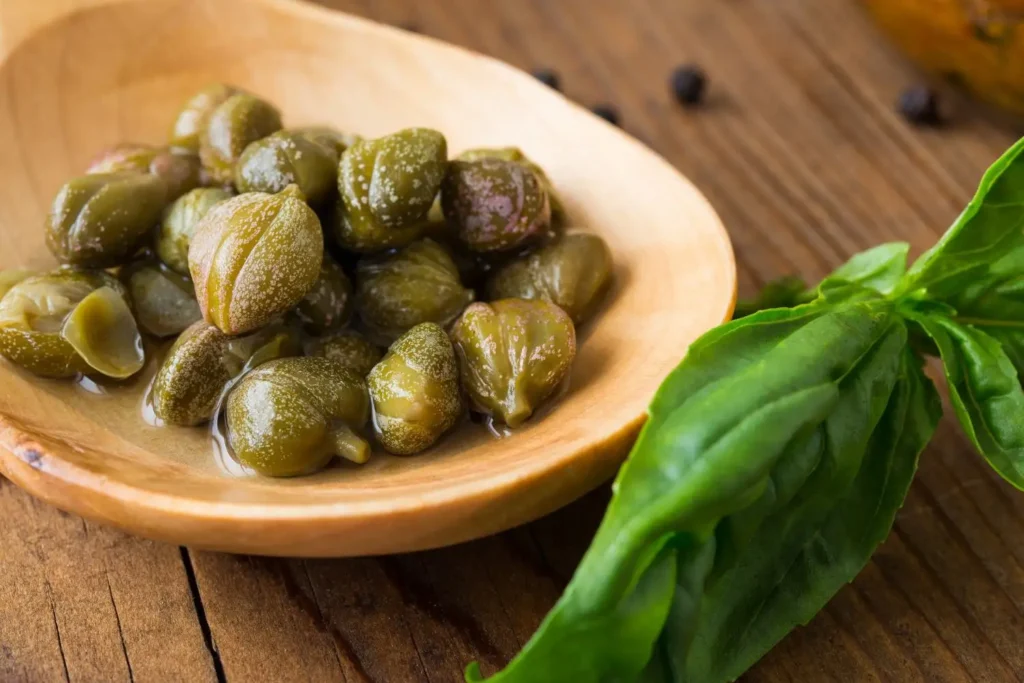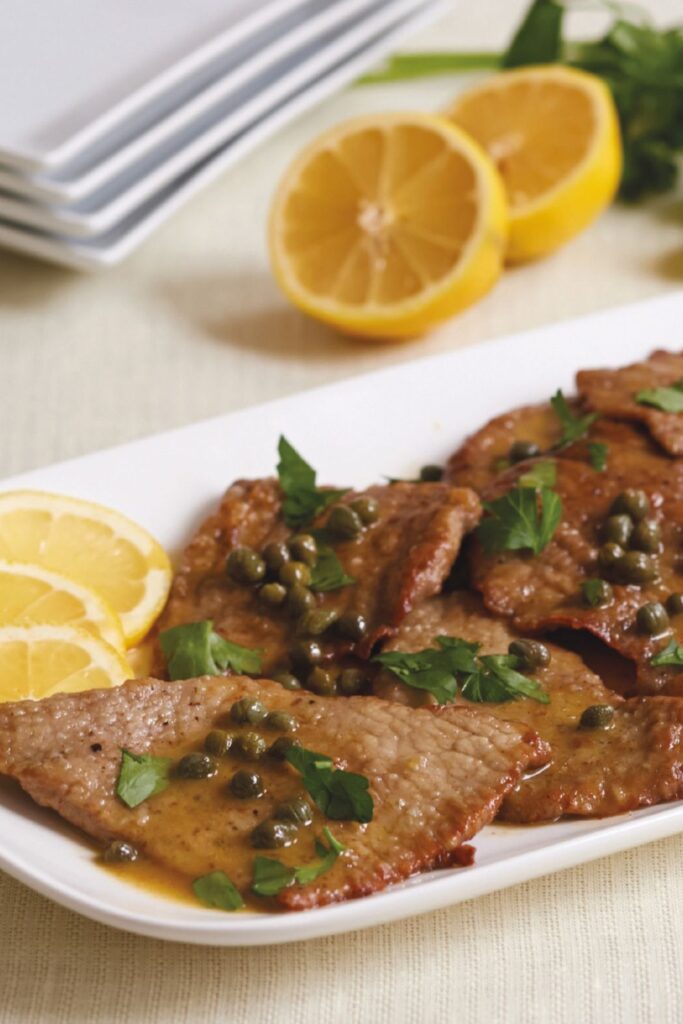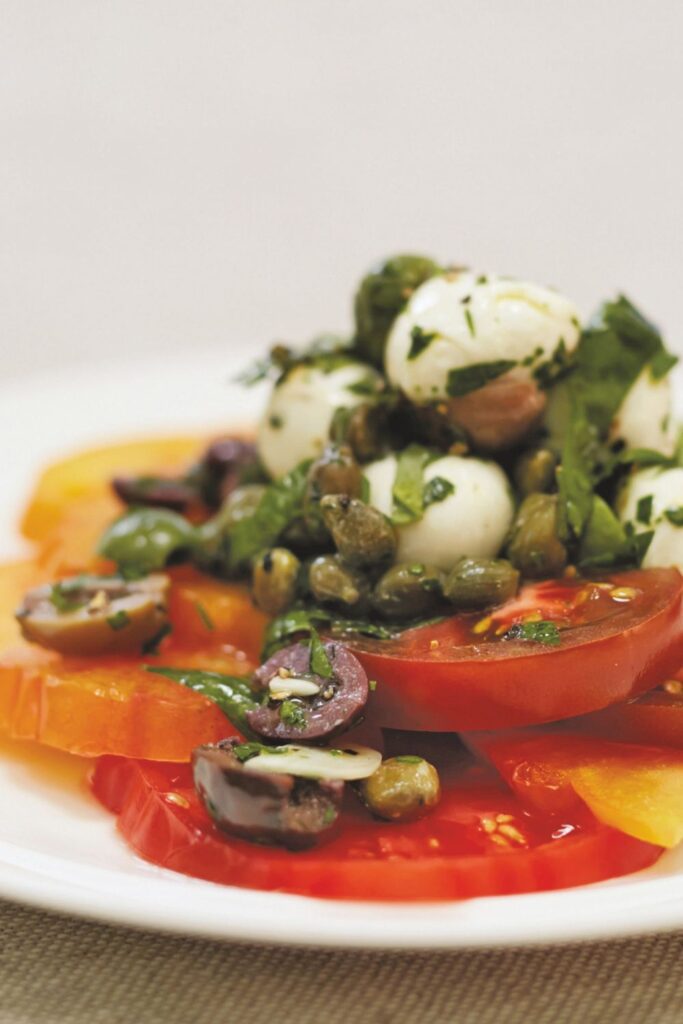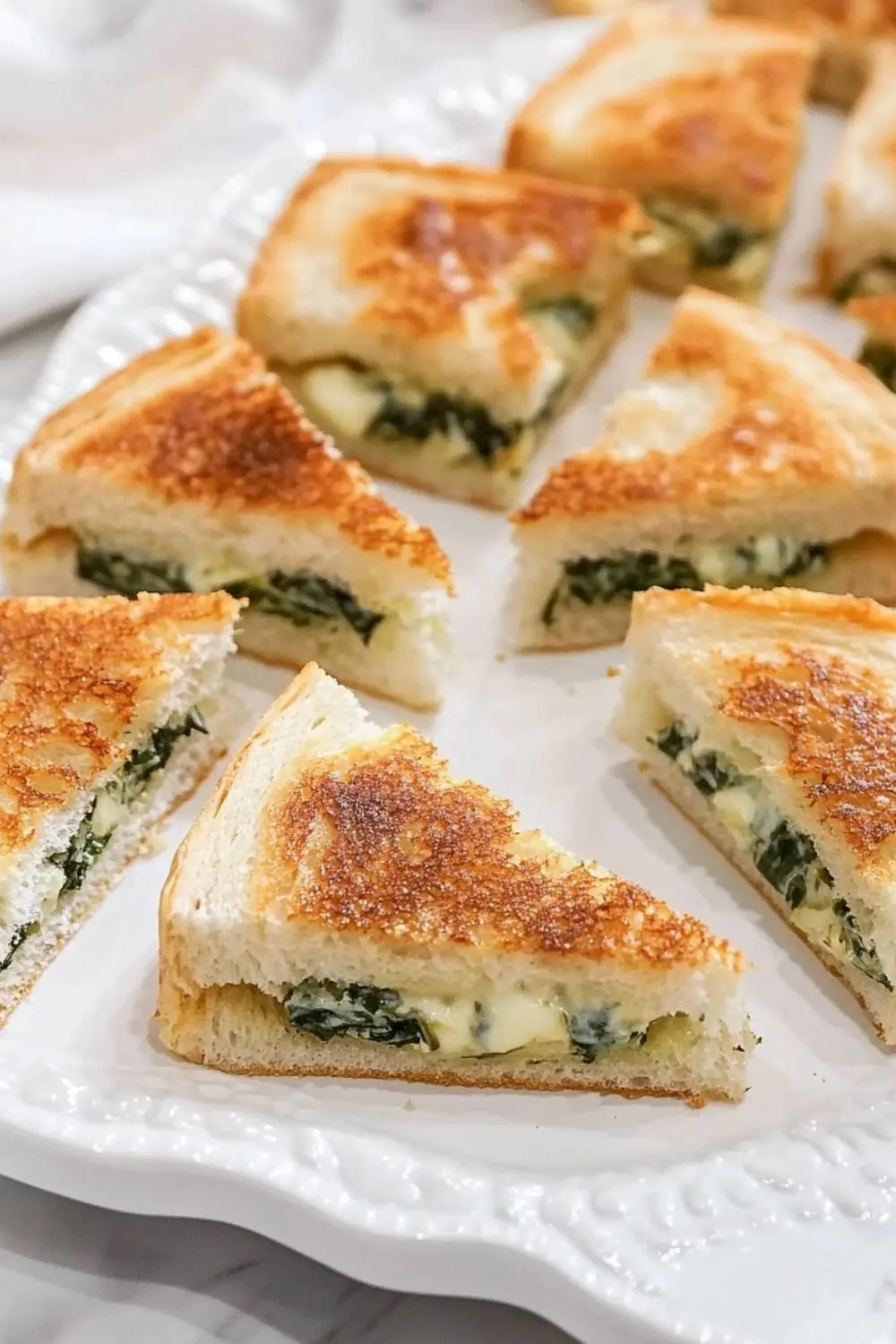If you’ve ever tasted a classic chicken piccata or drizzled olive oil over a Caprese salad and wondered, “What’s giving this such a pop of flavor?”—chances are, capers are behind it.
These little green buds may be small, but in Italian cooking, they’re mighty. Capers bring salt, tang, umami, and a touch of floral brightness to dishes both rustic and refined.
Let’s explore what they are, why they matter, and how to cook with them like an Italian nonna would.
So… What Exactly Are Capers?
Capers are the unopened flower buds of the caper bush, which grows wild across the Mediterranean. They’re picked by hand—usually early in the morning when they’re tightly closed—and then dried and preserved.
They’ve been used in food for thousands of years (we’re talking ancient Rome and beyond), and their intense, briny flavor has made them a staple in Italian pantries ever since.
Salt-Packed vs. Brined Capers
The Two Main Types:
- Brined Capers: Soaked in vinegar, like pickles—common in the U.S.
- Salt-Packed Capers: The Italian classic—preserved in dry sea salt, not liquid.
Why does this matter? Salt-packing intensifies flavor without dilution, leaving behind plumper, more tender capers with a deeper, more complex taste. Think of them as the sun-dried tomato of the caper world—more intense, but balanced.
To use them, rinse off the salt thoroughly. If the flavor is still too strong, a quick 10–15 minute soak in cool water helps tame it.

What About Caper Berries?
Caper berries are the fruit of the caper plant (capers are the buds). They’re much larger—olive-sized—and usually pickled in vinegar.
They’re tasty and dramatic on a charcuterie board, but they’re not a replacement for capers in cooking. Stick to the little guys when making sauces or Italian classics.
The Most Flavorful Capers Come from Pantelleria
On the volcanic island of Pantelleria, just southwest of Sicily, capers grow in rocky soil under intense Mediterranean sun—and they’re considered the best in Italy.
They’re prized for being:
- Extra plump
- Highly aromatic
- Deeply flavorful
You’ll find them in traditional Sicilian dishes like caponata and insalata Pantesca, where their boldness balances out the sweet and savory components.
How Italians Actually Use Capers
In Italy, capers are used to balance, contrast, and deepen flavor. Here’s where you’ll most often find them:
In Piccata Dishes
Capers are essential to piccata-style sauces—where tangy lemon, butter, and salty brine come together in perfect harmony.
- Try them in Giada’s Chicken Piccata—a fast, flavorful weeknight classic.
- Want a fun twist? These Chicken Piccata Meatballs offer the same bright flavors in cozy meatball form.
- And if you’re into veal, don’t skip Giada’s Veal Piccata, where capers balance the richness of the meat with a sharp, citrusy bite.

In Caprese-Inspired Salads
Though Caprese is traditionally tomato, mozzarella, and basil, adding capers can give the salad a gentle briny edge—especially in modern variations.
- This Grilled Caprese Salad features smoky, charred tomatoes with creamy mozzarella—capers would fit right in.
- Giada’s Roman Caprese Salad already includes capers for a twist that balances the richness of burrata.
- Or explore a fresh spin with the Caprese Frittata, where capers would brighten up the eggs and cheese.
Want the traditional version? Start here with the simple Giada De Laurentiis Caprese Salad—then play around with adding a few capers of your own.

How to Store and Use Capers Like a Pro
- Rinse before using, especially salt-packed ones.
- Soak if needed to mellow the salt.
- Add them late in cooking so they don’t lose their texture.
- Store opened jars in the fridge—sealed well.
They’re fantastic in:
- Lemon butter sauces
- Tomato-based pasta
- Seafood dishes
- Grain salads
- Roasted veggie bowls
Capers Make Everything Taste a Bit More Italian
They might be small, but capers bring a powerful burst of brightness to whatever you’re cooking. Whether you’re elevating a simple tomato salad or building layers of flavor in a buttery piccata sauce, they deliver complexity in one salty, citrusy pop.
It’s no wonder Italian cooks call capers their secret weapon.









